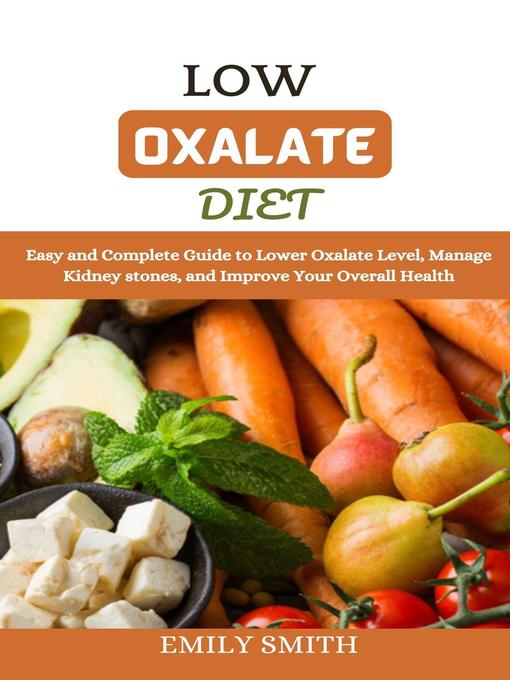A low oxalate diet refers to a diet from which the amount of oxalate does not exceed 50 grams per day. If you plan your diet properly, then you can do it. In addition to limiting your oxalate intake, staying well-hydrated, moderating your protein intake, and increasing calcium consumption are other essential aspects of a low-oxalate diet. Typically, doctors recommended, to follow the diet for at least 3–6 weeks to see if your symptoms improve.
Which are low oxalate foods?
There are plenty of low oxalate foods that are available easily and can enjoy as a part of a healthy diet. Here are some top low oxalate food that you can add to your diet –
What are the benefits of a low oxalic diet?
Prevent the formation of kidney stones.
Reduce the risk of cystic fibrosis complication
Prevent underactive thyroid problems
Helpful for autism patients
Scroll up, click on ''Buy Now with 1-click'', and Get your Copy Now
